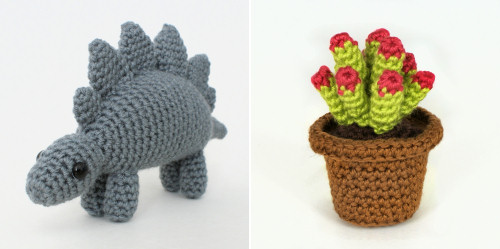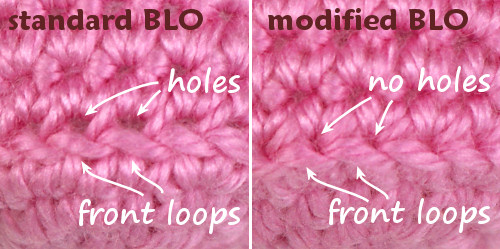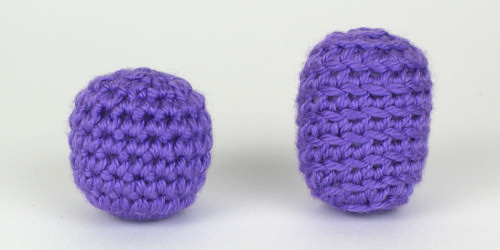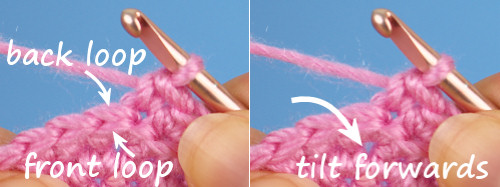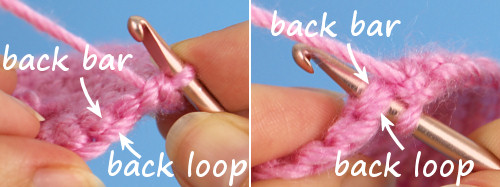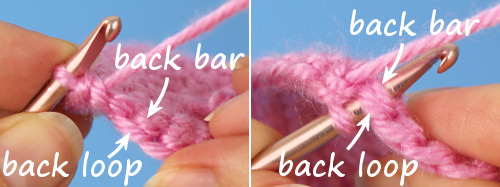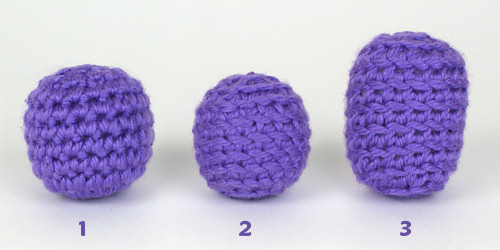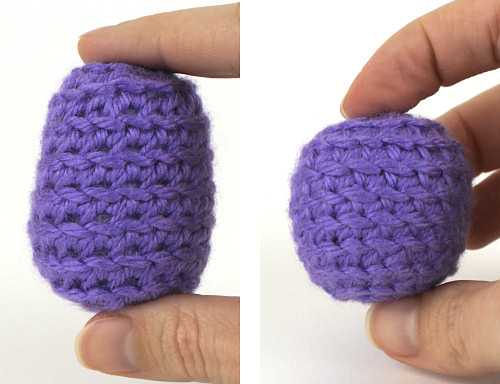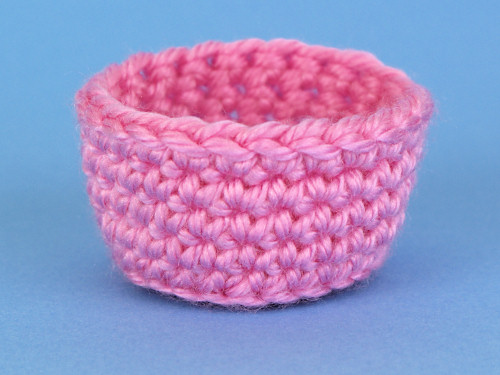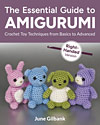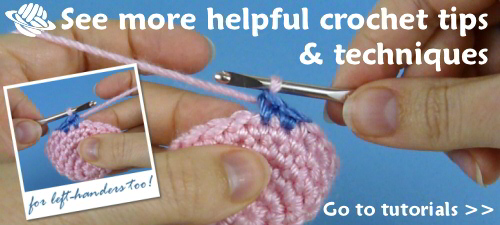Tropical Fish crochet patterns
I first started sketching ideas for a bright and colourful tropical fish collection over 2 years ago, and I’m thrilled to finally bring my concept to life. These Tropical Fish may be the most varied and visually interesting group of related patterns I’ve tackled to date!
Although it’s easy to recognise each as a fish, the colours, shapes, patterning, and even the number and shape of the fins vary hugely between species, and I couldn’t stop myself from designing more and more different types…
Meet the Fish
Each of the 8 fish in my Tropical Fish collection is based on a real-life species of tropical reef fish.
Set 1: Ocellaris Clownfish & Yellow Tang

Ocellaris Clownfish (Amphiprion ocellaris), above left. Instantly recognisable as Nemo from the Disney films, Ocellaris Clownfish form a symbiotic relationship with a sea anemone: the fish cleans and defends the anemone, while the anemone gives the fish a safe place to hide from predators.
Yellow Tang (Zebrasoma flavescens), above right. A very popular aquarium fish, the Yellow Tang is found throughout the Indo-Pacific region, but especially in reefs around the Hawaiian Islands.
Set 2: Royal Blue Tang & Amethyst Anthias

Royal Blue Tang (Paracanthurus hepatus), above left. The fish you’ll recognise as Dory also goes by many other names, including Regal Blue Tang, Hippo Tang and Palette Surgeonfish. These fish are almost impossible to breed in captivity, so fish for sale are harvested from the wild, which endangers their wild populations and reef habitats – far better to crochet one instead…
Amethyst Anthias (Pseudanthias pascalus), above right. With over 60 different species, the colourful anthias family hail from the Indo-Pacific region and are found in lots of different colours, so you can make one in yellow, orange, pink, purple or red and it’ll still be realistic!
Set 3: Copperband Butterflyfish & Royal Gramma

Copperband Butterflyfish (Chelmon rostratus), above left. Butterflyfishes’ deep, narrow bodies and long fins give them a flat triangular appearance that’s fun to crochet! The Copperband Butterflyfish is also commonly called the Beaked Coralfish.
Royal Gramma (Gramma loreto), above right. With its distinctive half-purple and half-yellow appearance, the Royal Gramma comes from the Caribbean and is also known as the Fairy Basslet.
Set 4: Pajama Cardinalfish & Flame Angelfish

Pajama Cardinalfish (Sphaeramia nematoptera), above left. This strikingly-coloured spotted fish is popular in aquariums. The Pajama Cardinalfish hides a special secret to ensure the survival of its young – the male incubates the eggs in his mouth until they hatch!
Flame Angelfish (Centropyge loricula), above right. A beautifully coloured dwarf angelfish, the Flame Angelfish has a bright red, black-striped body and electric blue patches at the back of its fins.
About the Patterns
- These mini amigurumi offer a variety of shapes and crochet techniques (shaping, colour changes, spots and stripes, assembly and finishing). All techniques include tips, step-by-step photos, and/or links to my online tutorials, so you’ll be able to learn or practise a range of amigurumi styles and techniques with these patterns.
- You’ll love their mini size (they’re all between 4.5 and 5.5″ long), so even the most complex fish won’t take forever to finish, and you can whip out the simpler ones very quickly!
- All the fins (the pieces that aren’t worked in the traditional amigurumi single-crochet-in-the-round technique) include charted stitch diagrams in addition to full written instructions, so you can follow the patterns in the way you find easiest.
- Each of the 4 pattern sets includes 3 pages of helpful instructions and finishing tips that apply to all the Tropical Fish (including a basic illustrated guide to fish anatomy so you’ll learn the right names for the fins!)
Tip: If you’re printing all the patterns, you can save paper and ink by printing those 3 pages (Instructions for All Tropical Fish, p2-4 in each pattern) just once.
Links to Buy & Launch Discount
You can buy each set individually from my shop, but I highly recommend you pick up the multipack of all 8 fish instead! I’ve priced it at less than the cost of buying 3 sets, so that’s a great deal for you, and it’ll save you from having to try to pick your favourites from such a variety of different fish 🙂
Let’s make that deal even better: for one week only, you can buy the complete Tropical Fish collection (Sets 1-4, which includes all 8 fish patterns) for the extra-special low price of $15. To take advantage of this deal, add Tropical Fish Sets 1-4 to your shopping cart, and enter the discount code DORY at checkout! (Offer ends Friday 24 June, 2016.)
Or, if you’re not ready to buy them just yet, please remember to heart and queue them on Ravelry!
Set 1 (Ocellaris Clownfish & Yellow Tang):
Set 2 (Royal Blue Tang & Amethyst Anthias):
Set 3 (Copperband Butterflyfish & Royal Gramma):
Set 4 (Pajama Cardinalfish & Flame Angelfish):
Under The Sea Crochet-Along
And, from today until the end of August, join us in the PlanetJune Ravelry group, where we’ll all be making fish (and their other aquatic friends – I have lots of other AquaAmi designs to choose from too…)
I can’t wait to see all the colourful fish popping up from all over the world! Please join us, and share pics of your fishies 🙂
I hope you enjoy my cheerful new Tropical Fish collection, and you’ll have fun trying out all the different patterns. So now for the big question: which fish will you try first..?

















